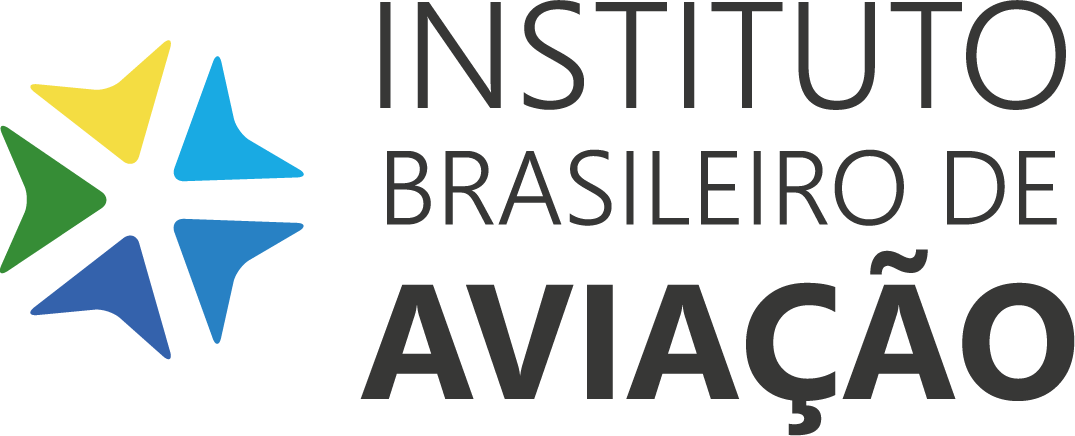Bell abre Academia de treinamento em Valencia, na Espanha

Bell Helicopter’s worldwide customer service and support offering took a major step forward on February 14 when it opened its first training center outside the U.S., colocated with Textron’s Citation service center facility at Valencia Airport in Spain.
The first training being carried out at the new center is initial, type and recurrent training in a new Level D simulator configured as a Bell 429, manufactured by Bell sister company TRU Simulation + Training. The new-design Odyssey H device has a curved, continuous screen/display with 11 projectors creating a 240-degree-horizontal by 80-degree-vertical field of view. It also has a secondary motion base to vibrate the cockpit, making for a more realistic experience. An iPad can serve as the instructor station, and the simulator is designed to swap out the cockpit module with a different helicopter type.
The new Bell training academy marks the first step in the company’s ambitions to place training and support closer to its customers. The company said that as well as receiving interest from European customers it had been surprised by the interest from South American operators. It is in the process of obtaining Argentinian approval along with consent from a range of other countries, including India, Nigeria, Brazil and Chile.
Bell has a growing number of customers in Europe, and it has done particularly well with fleet customers around the periphery of the region, such as the Turkish national police/forestry (fifteen 429s), the Swedish national police (seven 429s) and Air Transport Europe (three 429s). It also has many customers with single aircraft, including in Russia, and in total, it has around seventy 429s in the European region.
The second bay in the simulator room remains empty, but Textron is considering placing a device for fixed-wing (Citation) pilot training there.
The EASA Bell 429 type rating (IFR) takes two weeks (10 working days) with 24 hours of training, including 12 hours in the simulator and 12 hours of ground school. The recurrent regimen takes seven hours of training over three days (including 4.5 hours in the sim). EASA also requires a minimum of two hours actual flying in the helicopter plus a skills test.
“We’re trying to get closer to our customers, understand what the customer needs and to know how we can add value,” said Glenn Isbell Jr., executive v-p of customer support and services. He forecast that most growth would come in the parapublic and police areas, following the trend already established.
Fonte: Ain Online 06/03/2017





